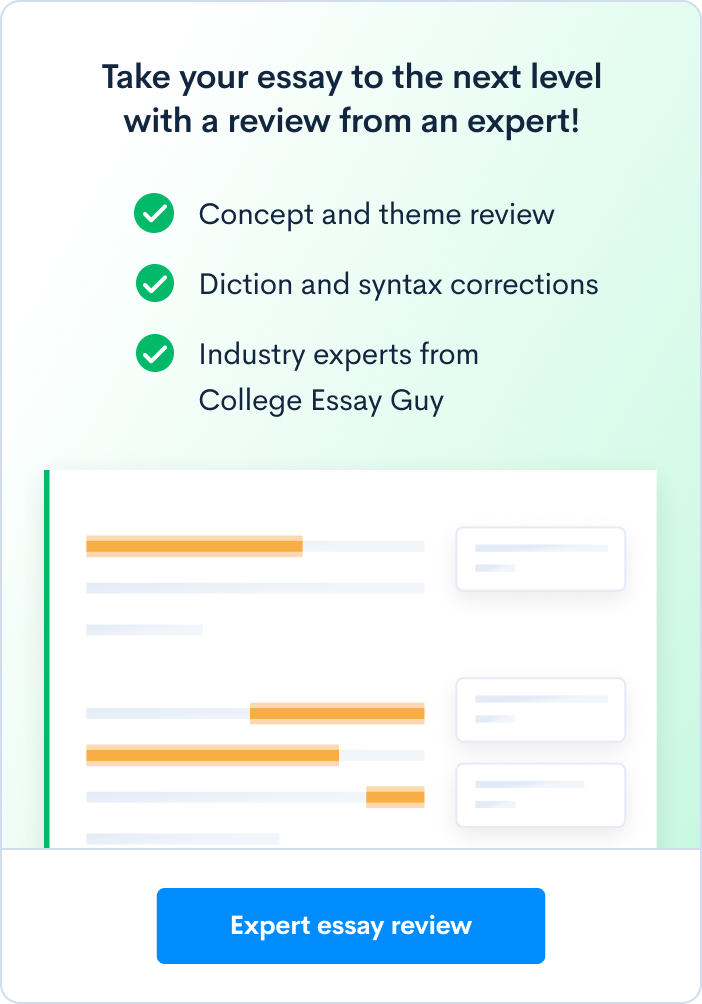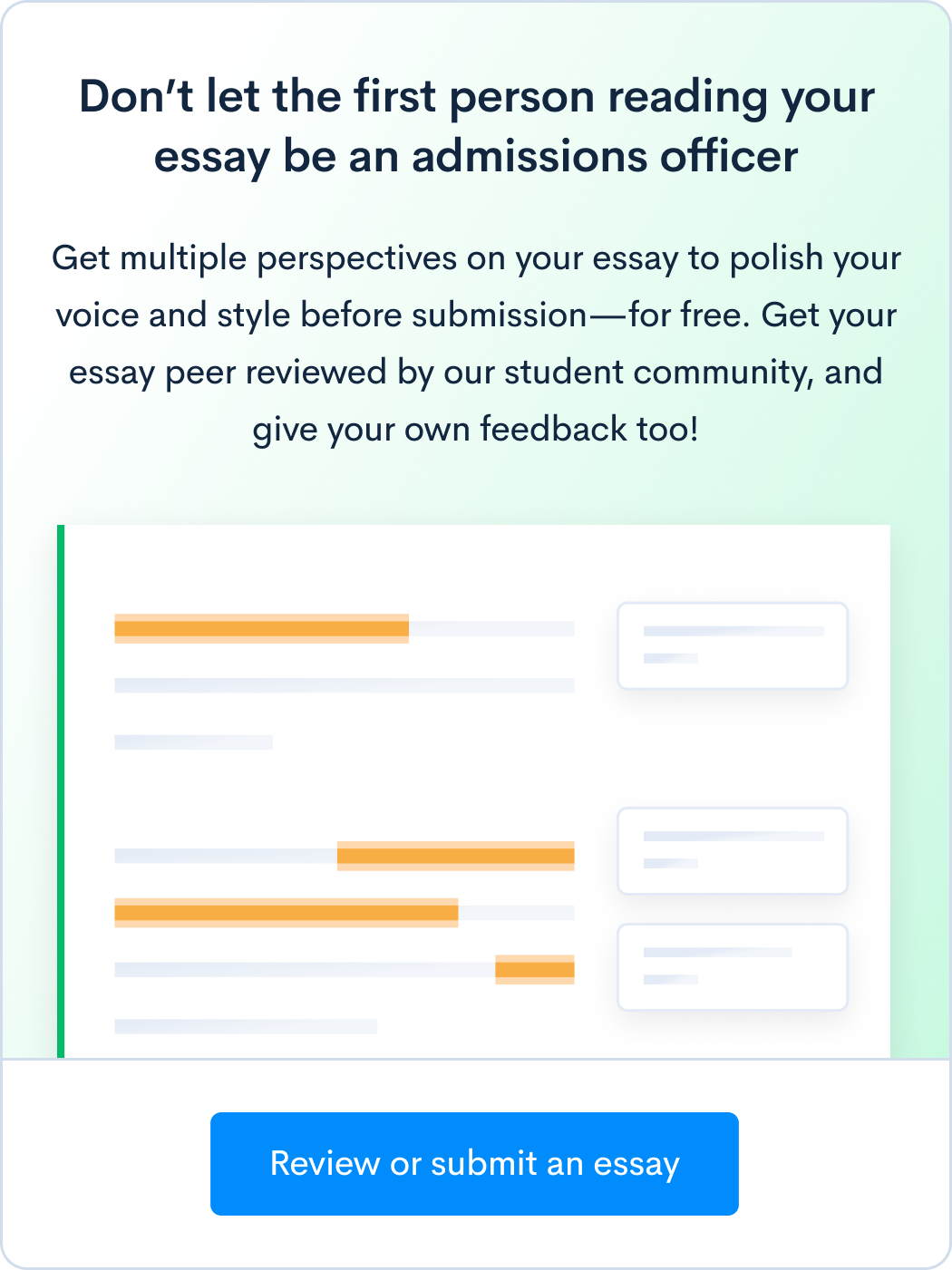How to Write the Tulane University Essays 2020-2021
Located in the vibrant and multicultural New Orleans, Tulane University is a private research university that began as a medical college to combat cholera. To this day, the school continues to uphold their commitment to service. Tulane has integrated community service into its curriculum and mandates it for all students. If you’re looking for ways to give back, the school has ample opportunities including service learning courses, public service research, and service-based study abroad programs.
The university is ranked #40 by the U.S. News & World Report and is #4 on the Princeton Review’s List of Colleges with the Happiest Students. In 2015, the school had an admissions rate of 31%, but it now has a much more competitive rate of 11% acceptance as of 2019. Of the admitted students in 2019, the middle 50% had an ACT score between 31-33 and an SAT score between 1410-1510.
The college has five different schools spanning science and engineering, architecture, business, liberal arts and public health. Something that makes Tulane stand out is that it encourages cross-disciplinary studies; a third of students double major! If you are looking to explore multiple areas of study, this college could be a good fit for you.
The Tulane “Green Waves” represent the university in NCAA Division I, enjoying particular success in men’s tennis and achieving moderate recognition in baseball and women’s basketball. If varsity athletics are not your cup of tea, there are also over 200 student organizations to join (including Aikido, Quidditch, Fencing, Cat Mafia Comedy and Hallyu Youth Practicing Emotional Dance), and 20 fraternities and sororities to rush.
Has the allure of Tulane’s academic excellence convinced you to apply? Are you on the edge of your seat because of the ever-dropping acceptance rate? Never fear, our essay specialist team at CollegeVine is here to breakdown the tips and tricks to writing the Tulane University supplemental essays.
Want to know your chances at Tulane? Calculate your chances for free right now.
Want to learn what Tulane will actually cost you based on your income? And how long your application to the school should take? Here’s what every student considering Tulane needs to know.
Prompt 1
Please briefly elaborate on one of your extracurricular activities or work experiences. (250 words max)
Although you probably already listed out your extracurriculars on your application, chances are you those one or two lines didn’t accurately capture the hard work and dedication you put into your extracurriculars. This prompt attempts to mitigate that by allowing you to expand on one of your extracurriculars. This is an opportunity to add depth to your application in a way that shows rather than simply telling readers your passions and character traits. Answering this prompt also lends credibility to your application overall by detailing your specific contributions to the organization or activity you previously mentioned.
When choosing an activity, use the following steps to determine which one would fit best into this prompt:
Choosing the activity:
- Step 1: Replicate your extracurriculars list from the Common App on a piece of paper or in a spreadsheet.
- Step 2: Create a column to the right and write down any accomplishments, interactions, conversations, phrases, or words that are particularly memorable for each activity.
- Step 3: Further to the right, write down in a separate column the corresponding/related student organizations, events, and programs available at or in the vicinity of Tulane.
- Step 4: Rank your activities in order of content, with the ones with the most impressive accomplishments, most interesting conversations, and most corresponding Tulane programs at the top, and the ones with the least at the bottom.
- Step 5: Choose the top-ranked activity to write about, unless you feel very strongly for another high-ranked item.
You can approach this prompt multiple ways, but we recommend either a narrative- or collection-based approach. A narrative approach involves focusing in on one particular memory, event, or instance for the majority of the response. A collection approach would entail detailing a few of these events in a way where your response emulates some sort of connecting, underlying theme. Because of the smaller word count, a narrative approach will probably be easier to tackle, unless you have two or three strongly interconnected instances.
When constructing this prompt, it is important to focus on showing, and not telling your audience what you have done. While listing out the number of hours you spent volunteering or the board positions you held over the years does quantify your efforts, the essay prompt is a space to demonstrate these things more creatively, so avoid stating these facts directly unless they can be smoothly woven into your narrative.
The key to showing and not telling is specificity and descriptive language. A natural inclination many students have is to list out every event they volunteered at or contribution they made to the extracurricular, but within this word limit, this approach can leave much to be desired in terms of detail. Rather than pursuing quantity, try to zero in on one or two quality instances that you feel best showcase your contributions to the extracurricular, and use descriptive language rather than plain statements to illustrate how you feel about the activity rather than merely describing the steps you took to complete it.
Here are two versions of an essay about dance.
Version 1:
In my sophomore year, I stumbled into the dance studio by chance one day, and was invited to audition to be placed on a team. During the audition, I noticed how free yet powerful the advanced dancers looked when performing, and became determined to emulate their techniques. Ever since then, I have become a loyal member of the dance club at XXX High School.
In that first audition, I was selected to perform with the largest dance organization in school, which performed a variety of pieces, including house, modern, and freestyle at school fairs, annual productions, and charity events. As I learned to nail down the basics of hip-hop and modern dance, I began to choreograph for the team on occasion, and organizing extra practices for other members to perfect our upcoming set.
Dance is the newest thing I have learned in my life. In exploring this novel territory, I have learned the determination and humility necessary in nurturing a craft from scratch, characteristics that will certainly help me succeed in performing with the Newcomb Dance Company at Tulane. Other than this prestigious student dance organization, I am also interested in joining the Tulane Ballroom Dancing Club to supplement my repertoire of dance styles. It would be very interesting to experience and investigate the roots of social dance that we see today and I look forward to bringing my expertise in modern dance and choreography to the Tulane dance community.
Version 2:
Upon first pointe, I was immediately enraptured by the power (and delicacy), freedom (and discipline) of dance. Ever since, I have committed my creative spirit to cultivating the dance subculture at XXX High School, in a consummate mélange of my passion for hip-hop and community building.
With no prior training, I auditioned and was selected to perform with the largest dance organization in school.
To perfect our set and provide fellow budding dancers with the opportunity to expand their repertoire, I taught snippets of other styles — house, modern, freestyle… — in the bi-weekly extra practices I coordinated for the team.
The rest of my spare time I spent configuring my limbs into novel silhouettes in choreography for our upcoming set.
In exploring the exquisite art of dance, I grasped the humility and tenacity necessary in nurturing a craft from scratch, characteristics that will surely assist my transition into performing with the Newcomb Dance Company in the successors of its current production Above the Oaks. This annual student-run performance will prompt me to hone my technique in the three core styles that cement the foundation for all creative choreography: ballet, modern and jazz, perfecting my grand jété in the process.
Between rehearsals, I can be found waltzing into the Lakeside Room of the Reily Center to take lessons with Tammy Clark as a member of the Tulane Ballroom Dancing Club, foxtrotting across the floor, further into my dance journey.
While version 1 and version 2 both discuss the same activity, sequence of events, and even mention joining the same organizations at Tulane, version 2 is much more effective in illustrating an image of you enhancing the dance community’s spirit with your choreography of “novel silhouettes” in the admissions officers’ minds.
Here are some of the mistakes found in version 1:
- Failed to highlight the most impressive part of the candidate’s accomplishment in dance, which is being selected to dance with the largest organization in school with no prior training. While version 1 does mention performing with that organization after the first audition and mentions stumbling into that audition accidentally, it does not spell out the candidate’s lack of experience in plain words, and hence does not sufficiently emphasize her talent.
- Used very plain and commonplace phrases on applications such as:
-
- “I noticed how… and became determined to…”
- “Ever since then, I became a…”
- “Other than this… I am also interested in joining…”
- “It would be very interesting to…”
- Try to avoid these commonly used sentence structures. Otherwise, embellish them by rearranging the structure of the sentence or packing the rest of the sentence with unique words (that fit the context of course) and vivid imagery.
- Version 1 “told” without “showing” anything. Version 2’s “Upon first pointe, I was immediately enraptured by the power (and delicacy), freedom (and discipline) of dance” effectively conveys the idea that the candidate was hooked by dance upon her first encounter, but with much more powerful illustration than version 1’s statement of events that led to the candidate’s participation in dance. Version 2 also makes reference to “pointe,” which is a ballet term, further showcasing her true depth of experience in dance. If possible, try to incorporate relevant references to the activity throughout your essay.
Just remember, less is not more in terms of the level of detail in admissions essay-writing. In your first drafts, try to pen as many details about your anecdotes as you can possibly think of; you can decide which ones are not essential later.
Writing them all down on one page allows you to make a more objective decision about which ones are critical and which ones are not. Besides, in revising your essay, you never know which details you will need later on; therefore, it is beneficial to have an archive of all possible details in a longer first draft.
Prompt 2
Please describe why you are interested in attending Tulane University. (optional, 800 words max)
Many universities employ a “Why This College?” prompt to better assess your interest in the school and knowledge of their current offerings. Writing a strong response serves to set apart candidates who may have similar academic statistics and extracurriculars. You should absolutely respond to this essay, even though it’s technically optional.
Your response to this prompt helps admissions officers determine if Tulane is a good fit for you – and in return, doing this type of research can also help you determine where it falls on your prospective school list. Therefore, it is important that you paint a detailed and accurate picture of what you are looking to get out of your college experience at Tulane. While it is impossible for you to truly know what your college experience holds, you can use your current skills and interests as a starting point to determine which communities you may inhabit at Tulane.
Since you have up to 800 words, you have ample space to talk about multiple aspects of Tulane that interest you, and you’ll be able to also provide plenty of detail on how those Tulane resources connect to your interests and goals.
One potential starting point is thinking about your prospective major and potential courses you could take. A great starting point is Tulane’s website, where there is a list of Majors and Minors. Under this tab, you can choose your prospective major and then see a list of course requirements with course descriptions. You can also browse a list of professors and find one that participates in research that intrigues you.
However, it is important to note that simply name-dropping a class or professor can have an adverse effect rather than contributing to your application. This might be the case if you choose courses that are too generic or mention professors without connecting them to your interests. Remember, while this essay is about your interest in Tulane, it is also about you. Therefore, establishing a personal connection to the college is important.
For example, think about your current clubs and which of them you would like to pursue in the future. Tulane’s website has a Campus Life tab that contains multiple avenues to learn about the school’s offerings and its connection to the surrounding community. Just as with classes and professors, it is important to find clubs and events specific to Tulane and your interests. For example, if a student has a history of fighting food insecurity, Tulane has a Food Recovery Network organization. Because most schools have some form of community service, it is important to name the specific club and also specific goals and activities that you wish to participate in. You should describe what you wish to do at Tulane and tie it back to work that you have already done in this field.
Here are two potential responses:
Bad: “I have always been very passionate about community service; in particular, fighting food insecurity is very important to me. I am interested in Tulane because I wish to make a difference in the community and there are clubs that fight food insecurity in the local area. I can use the resources at this college to further pursue my passion and help others. This will also help me gain leadership skills for my future career, which I hope will involve some form of community service in this manner.”
Good: “At my high school, I established a program to combat food insecurity where students could drop their unopened leftover food from the cafeteria lunches in a box that anyone could grab from. I worked with my principal to establish a program where the food that was left at the end of the lunch period was taken to a local food shelter. My passion for food redistribution is one that I hope to continue at Tulane, a school that prides itself on its commitment to community service. Through an organization like the Food Recovery Network, I can help package leftovers from The Commons to donate to a homeless shelter. I also plan on starting my own initiative to fight food insecurity on campus, by working with dining hall staff to create a program to increase accessibility to food insecure students.”
The first response may be factual but lacks the detail and depth necessary to sound convincing. The generic approach does not really convey the student’s background in this topic, or how they plan to pursue it at Tulane. The second response bridges the student’s past with their potential future at Tulane, and establishes a realistic and goal-oriented path for readers to follow. Adding these specific details signals a deeper interest in Tulane itself while also communicating your passion for this type of community service.
Finally, because Tulane is a small, private university, it can be helpful to mention people affiliated with the university, especially if they influenced your decision to apply. Tulane espouses this as it can be helpful for their admissions office to know if you have an indirect link to the school. This can include current students, alumni, and recruitment officers. If you don’t know anyone yet, no worries! Tulane has a Green Wave Ambassadors program where prospective students can read about and contact current campus tour guides at the university. Networking can both help you learn more about Tulane and also give you valuable information for this essay prompt.
Want help with your college essays to improve your admissions chances? Sign up for your free CollegeVine account and get access to our essay guides and courses. You can also get your essay peer-reviewed and improve your own writing skills by reviewing other students’ essays.






